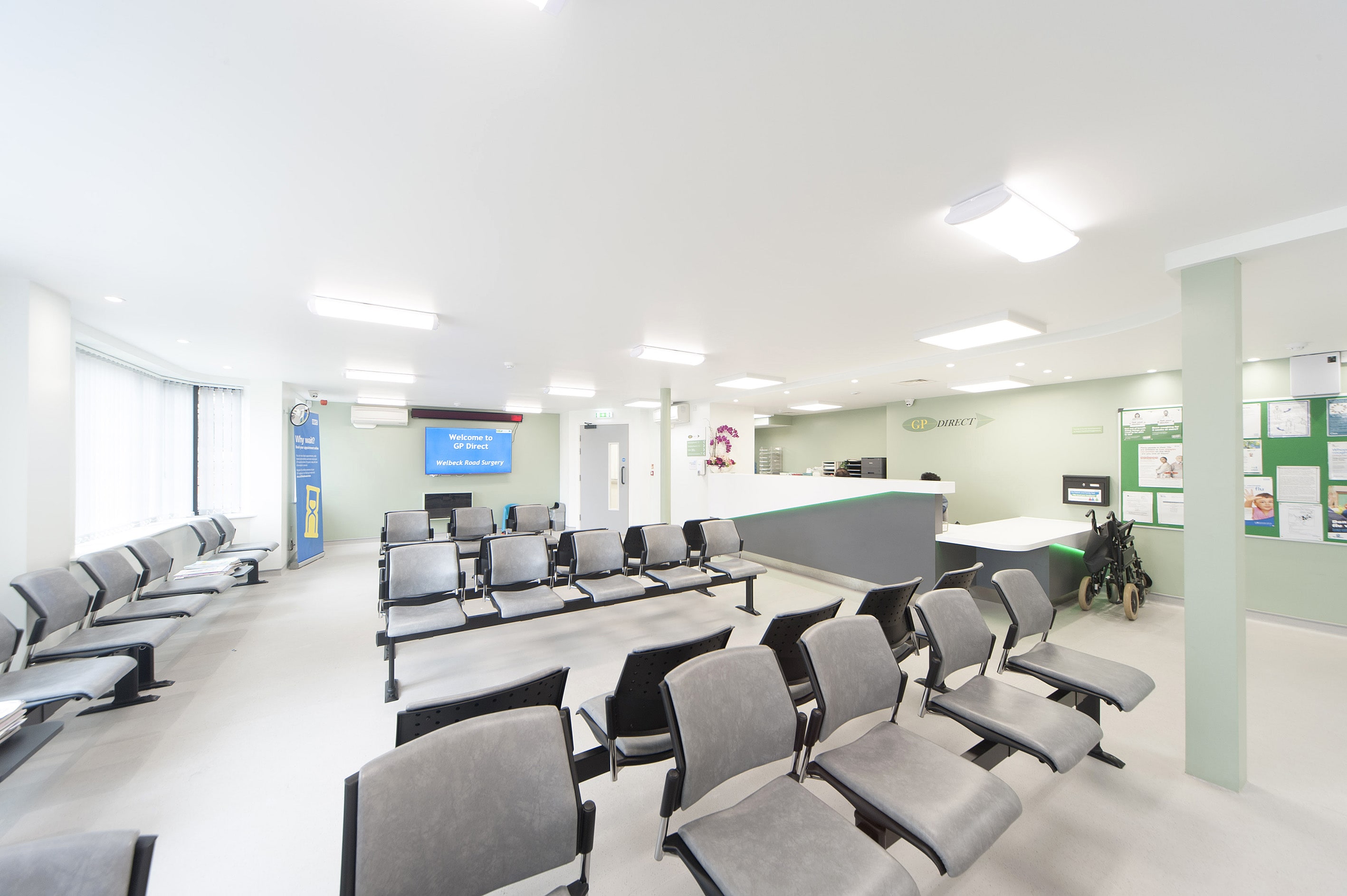
How Restructuring Your Medical Centre Could Improve Sustainability And Energy Efficiency
If you’re planning on restructuring, extending, or remodelling your Medical Centre, you have a golden opportunity to invest the building with new sustainable features, which will improve patient comfort and reduce your long-term cost of ownership. In this article, we introduce a few sustainable building development features you may wish to include – for more information or to discuss your options, please feel free to call one of our healthcare architects team at DS Squared Architects, or click here to book a consultation.
1. Solar Panels
As one of the most effective green architectural ideas for sustainable hospital design, solar panels - also known as photovoltaics (PV) panels - reduce the burden of healthcare on the National Grid, while lowering long-term electricity costs. Integrated solar panels on your roof will generate electricity in situ from renewable sources, which can be used both inside and outside the building to heat water, power heating systems, operate lighting, and fuel your air conditioning, lowering your overall consumption all year round.
2. Maximise Natural Sunlight
Natural sunlight is good for the well-being of patients and staff, as well as being an important means to cut down on the need for electric lighting. There are several ways you can go about this when restructuring your Medical Centre, including installing larger windows or skylights in lobby areas to draw in more natural light, with strategic positioning to take advantage of the sun at different times of the day and year.
3. Upgrade Your Insulation
Hospitals and medical centres are extensive buildings that are often difficult to keep warm in the winter and equally as hard to keep cool in the summer. Upgrading your insulation in walls and ceilings will increase your building’s thermal efficiency, keeping heated air inside during cold weather, and keeping hot air out during warmer weather – reducing energy expenditure on air conditioning and heating. Good insulation can also reduce moisture build up from humidity in busy public areas of your building, helping improve patient comfort and reducing damage from mould growth.
4. Specify Green Or Sustainable Building Materials
The building materials used in construction can significantly add to the carbon footprint of the project. So, when planning your hospital or medical centre refurbishment, talk to an architect about specifying sustainable materials such as recycled steel, bamboo flooring, cork or wool insulation, and low VOC paints. These ethical choices can reduce the environmental impact of construction while still providing the same or greater benefits as alternative materials. Additionally, many sustainable materials come at a lower cost than traditional building materials, avoiding supply chain issues during busy times, and helping your healthcare construction budget go further.
Find Out More
As important public service buildings, medical centres have an essential role to play in spearheading green and sustainable building practices. To find out more about what you can achieve within your timescale and budget, please have a chat with one of our healthcare specialist architects at DS Squared Architects today!
.png)


.png?width=400&height=200&name=BOOK%20A%20CONSULTATION%20-%20DS%20Squared%20(1).png)